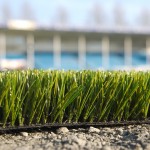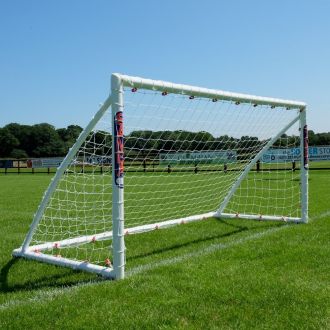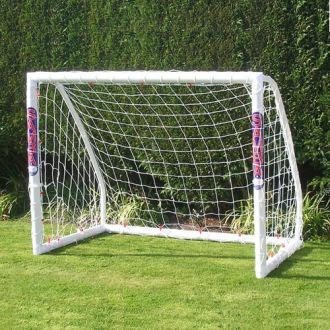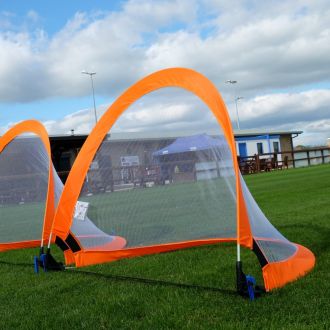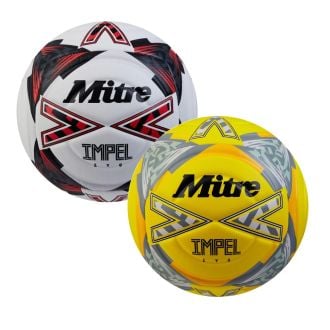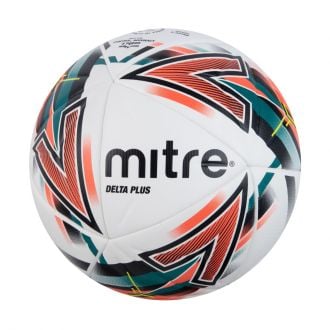The Advantages and Disadvantages of Playing Football on a 4G Pitch
The FA, Sport England and the British government are trying to boost participation in grassroots football around the country, and one of initiatives they are pursuing is a 4G pitch building programme. Although expensive initially, the very latest artificial pitches are helping cash-strapped leagues and associations to fulfil their fixtures during periods of inclement weather.
While much is said about the potential advantages of 3G and 4G pitches, there are drawbacks involved with their use. Whether you are a player concerned about playing on artificial surfaces or a club secretary trying to decide if such a large outlay is worth it, you should assess both the advantages and disadvantages involved before reaching any conclusions.
What is a 4G pitch?
A 4G pitch is the name given to an advanced artificial playing surface that comes close to replicating the experience delivered by a traditional turf pitch. The pile height can be altered according to a club or association’s preferences at the installation stage. A shockpad layer ensures maximum shock absorption, and layers of sand and rubber are used to create a smooth, level and sturdy playing surface for football.
What are the advantages of playing on an artificial pitch?
Most clubs, leagues, private facilities and local associations fit a 4G pitch because of their all-weather qualities. The latest versions are made with several porous layers that allow water to drain away quickly and easily. This means that matches can take place in all weathers, and postponements are kept to a minimum.
There is also an argument that artificial pitches can be more gentle on players’ joints and muscles - particularly during the colder months of the year. The shockpad layer installed in 4G pitches delivers a cushioning effect, reducing the chance of injury. This can be very beneficial during the colder months of the year - when turf pitches can freeze and harden very quickly.
There is a very clear economic benefit involved with the installation of 4G pitches too. With no grass to water, no seed to plant, tear-ups to repair or ground to thaw, cash-strapped clubs can almost dispense with all maintenance and repair - saving several thousand pounds every year.
The latest pitch technology ensures a bounce that is more true, and reflective of what a real pitch delivers. Training on 4G pitches gives players the opportunity to ready themselves for the exact playing conditions they’re likely to experience on match day - regardless of the weather.
There is a huge demand for time on 4G pitches these days, and this demand can be turned into cold, hard cash by commercially aware clubs, associations and private venues. Renting out time on 4G pitches to members of the local community won’t tear up the turf the day before a game - but it will generate precious revenues.
What are the disadvantages of playing on an artificial pitch?
The most obvious disadvantage associated with playing football on an artificial pitch is the experience. Even the most advanced pitches on the market can’t fully replicate the experience of playing on real turf. This can make playing away matches on real turf tricky.
There is also the obvious disadvantage of the cost involved in installing a 4G pitch. Depending on the specifications required, this cost can be up to £400,000, and payment is usually required upfront.
And despite the growing popularity of 4G pitches, there are certain leagues, associations and people within the game who just don’t like them.
It is clear that the advantages of 4G pitches far outweigh the drawbacks, which is why so many local clubs and associations are choosing them over traditional turf pitches. And as more and more youngsters get used to playing on these surfaces, the chances of professional clubs going 4G grow ever larger.

